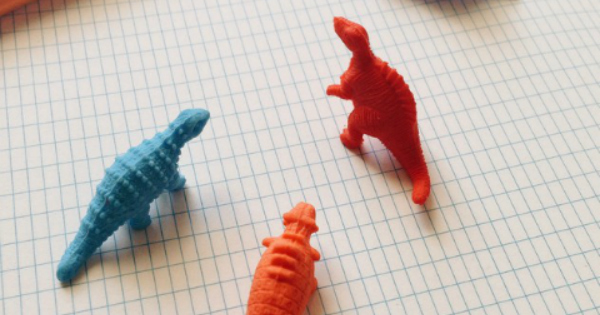
“It is a fact that in the right formation, the lifting power of many wings can achieve twice the distance of any bird flying alone.” — Author Unknown
You know when you’re working with someone and it just feels easy? And conversely, when no matter what you do, working together just feels like squeaky chalk on a chalkboard?
If there was one thing I could tell you about how to make everything at your job go better, it would be this:
Before you boot up your computer, put pen to paper, or pick up the phone, look across the table at who you’re working with.
No, not in some creepy, doe-eyed, moony way, but really, pay attention to this person or people who you work with.
And as you think about working with this person or people, what do you already know will help this project go well – conditions, behaviors, practices? What do you know about what conditions, behaviors and practices help you, and help this person work together well?
Working together well isn’t random
Rather than simply hoping that your work together will go well, as we typically do, you can actually plan for success by designing your relationship.
What do I mean by that?
That you can create your own success by intentionally developing positive conditions by which you work together.
You have an existing culture already with whoever you’re working with. By being intentional in naming the qualities and behaviors that make it work, you’re designing for success rather than wishing you’ll just avoid the inevitable bumps in the road.
This isn’t just la-la stuff: I’ve experienced the power of this practice in my own partnerships and work relationships as well (bonus round: this also works well at home).
Invest your time up front – save time and tears later
So, how can investing in your working relationships help? Isn’t this just a waste of time when we have so much work to get done?
In my experience, spending time on designing our working relationship up front saves time down the road with fewer misunderstandings, greater clarity of purpose, and built-in tools for getting back on track if you veer off course.
By investing in designing positive working conditions at the start, and repeating a re-design process over and over again throughout the course of your work together, you’ll 1) get the work done faster, with less stress and drama and 2) create a higher-quality work product.
It’s counter-intuitive, because most of us have been trained to dive head-first into the work, without attending to the relationship in front of us itself.
But in my experience, investing in the relationship first means that the work can almost take care of itself.
How to design effective working relationships
Whether you’re starting work together, on-boarding an employee, or revitalizing a current working relationship, discuss these topics separately, and then together:
- What’s the goal/outcome/purpose of working together? If we were working together optimally, what would be the benefit (to the parties, the team, the organization)?
- What’s the best-case scenario of working together? The worst case?
- What behaviors will keep us closer to the best case?
- What do we both agree to do?
- How do we want to handle things when they get hard or we hit a bump in the road?
Once you’ve designed your working relationship, also be sure to make time to check in about it intentionally. And reap the rewards of effective collaboration!
Your Turn
In the Comments below, let me hear from you: how have you designed working relationships? What’s been the benefit when you have?
Loved this post?
Then use the icons below to tweet it, share it on Facebook and send it to specific friends via email.
And leave your email at the top or bottom of this page to be first to hear about more articles like this.
Photo credit: Stocksy

 Before specializing as a professional coach in 2004, I spent more than a decade in leadership, management and program development for state and local government and non-profit organizations. Now I get to help leaders and teams have more clarity and ability to stand up for what's important in their work and in their organizations. Working with me, leaders and teams find more meaning and purpose, feel happier and more confident, navigate change and conflict, and work together better.
Before specializing as a professional coach in 2004, I spent more than a decade in leadership, management and program development for state and local government and non-profit organizations. Now I get to help leaders and teams have more clarity and ability to stand up for what's important in their work and in their organizations. Working with me, leaders and teams find more meaning and purpose, feel happier and more confident, navigate change and conflict, and work together better.
Leave a Reply